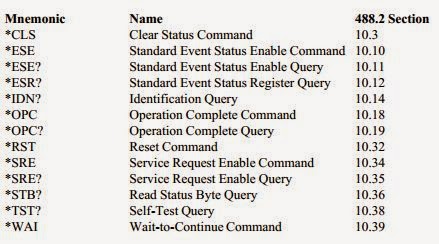There are several batteries available in the market. The classification is mainly on the battery chemistry. Several types available are Lead-Acid, Li-ion, Ni-Cd, Ni-Mh. Of these Li-ion is mostly used in the mobiles phones widely available in the market today. Some of the batteries we use in real world are rechargeable and some are non-rechargeable. There are several options available to charge these batteries as well. The below block diagram shows the generic pattern for charging the batteries:
What are the main differences between various battery types when it comes to charging:
1. Ni-Cd, NiMH are difficult to charge than Li-ion batteries. Charging in Nickel based batteries is based on the current flow through the battery. The voltage variation must only be
2. All the battery types can undergo fast as well as slow charging. Prefer not to use fast charging on NiCd, NiMH cells.
3. NiCd, NiMH must be charged from a constant current source.
4. End of charge detection happens in NiMH, NiCd as the voltage gets reduced with overcharging.
5. The batteries have a in-built thermistor to check the heat produced within the battery. this is an indicator of increase of battery temperature.
6. All the battery chemistry can be trickle charged. Trickle charging is the charging that must be applied when the battery is fully discharged.
7. Ni-Cd are not preferred in solar applications as they need constant current charging.
8. Ni-Cd batteries can charge to full capacity and beyond with less reduction in battery capacity.
9. Ni-Cd battery absorbs the heat while charging unlike other battery chemistry.
10. Li-ion batteries charging work on the constant voltage with variable current. The current variation is based on the level of battery charging.
2. All the battery types can undergo fast as well as slow charging. Prefer not to use fast charging on NiCd, NiMH cells.
3. NiCd, NiMH must be charged from a constant current source.
4. End of charge detection happens in NiMH, NiCd as the voltage gets reduced with overcharging.
5. The batteries have a in-built thermistor to check the heat produced within the battery. this is an indicator of increase of battery temperature.
6. All the battery chemistry can be trickle charged. Trickle charging is the charging that must be applied when the battery is fully discharged.
7. Ni-Cd are not preferred in solar applications as they need constant current charging.
8. Ni-Cd batteries can charge to full capacity and beyond with less reduction in battery capacity.
9. Ni-Cd battery absorbs the heat while charging unlike other battery chemistry.
10. Li-ion batteries charging work on the constant voltage with variable current. The current variation is based on the level of battery charging.



